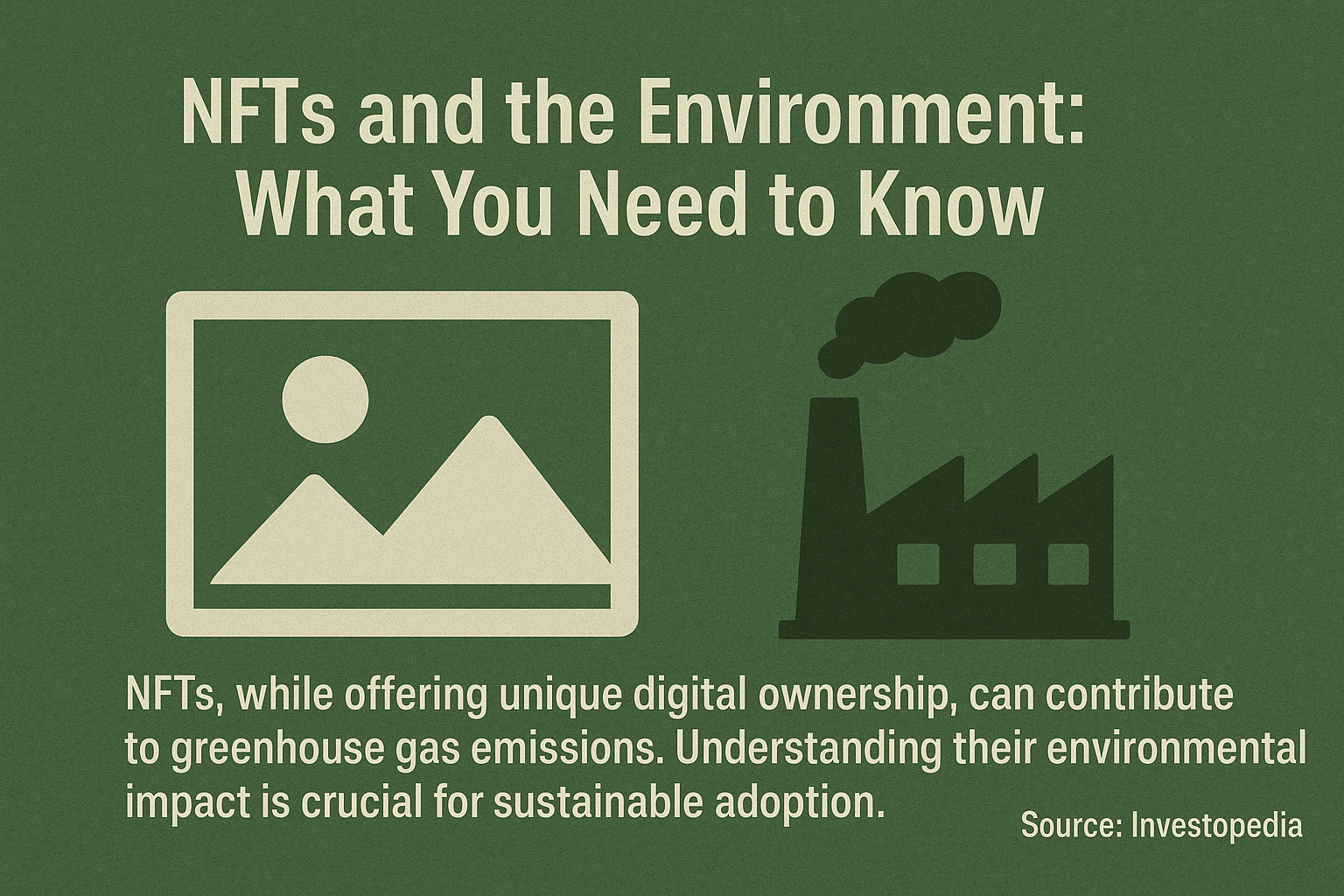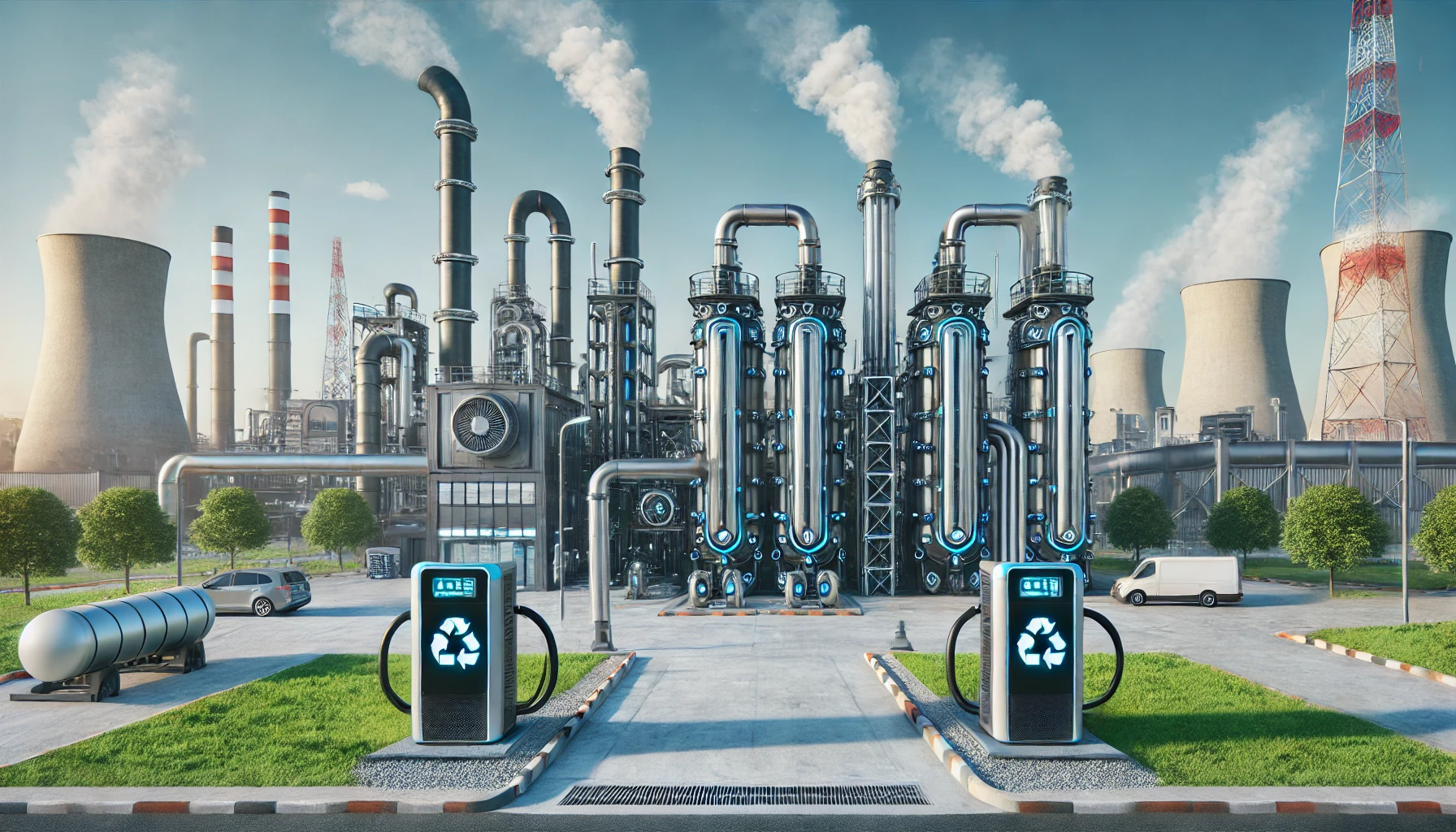Over the last few years, non-fungible tokens (NFTs) have transformed from a niche blockchain experiment into a mainstream digital phenomenon. Artists, musicians, brands, and even governments have explored this new way of representing unique digital ownership. However, behind the headlines of million-dollar JPEGs and collectible avatars lies a less glamorous but increasingly urgent conversation: the environmental impact of NFTs.
How NFTs Work and Why Energy Matters
NFTs themselves are simply digital certificates of ownership recorded on a blockchain. They don’t “contain” the artwork or asset but point to it via metadata. The problem is not the token as a concept but the infrastructure it runs on. Most NFTs are minted and traded on blockchains that use energy-intensive consensus mechanisms such as proof-of-work (PoW). Ethereum, until its September 2022 merge to proof-of-stake (PoS), consumed as much electricity annually as some small countries. Each NFT mint, bid, or transfer carried a carbon footprint because of the energy required to secure the network.
Quantifying the Impact
Before Ethereum’s shift to PoS, one NFT transaction could be responsible for tens or even hundreds of kilograms of CO₂ emissions, depending on the network congestion and the power sources fueling the mining hardware. While these numbers have improved dramatically on Ethereum after the Merge (energy use fell by more than 99%), other chains still rely on PoW or hybrid models. Buyers and creators often aren’t aware that their digital “minting party” might indirectly contribute to greenhouse gas emissions.
The Shift to Greener Alternatives
The good news is that the NFT ecosystem is evolving. Proof-of-stake blockchains like Solana, Polygon, Tezos, and Flow already offer drastically lower energy use compared to traditional PoW systems. Many marketplaces now support “lazy minting,” where NFTs are only written to the blockchain when purchased, reducing unnecessary transactions. Some platforms also purchase carbon offsets to neutralize their operational footprint—though offsets alone are not a perfect solution.
What Creators and Collectors Can Do
-
Choose eco-friendly platforms: When minting, look for marketplaces that are built on low-energy blockchains.
-
Batch or lazy mint: Reduce redundant blockchain interactions.
-
Support transparency: Demand clear reporting on energy use and carbon offsets from platforms.
-
Educate your audience: If you’re an artist or brand, explaining your sustainability measures can build trust.
Beyond Carbon: A Broader Sustainability Lens
Environmental impact is only one dimension. NFTs also raise questions about e-waste from mining hardware, water usage in cooling systems, and the broader supply chains of tech infrastructure. Truly sustainable digital ownership will require holistic thinking across energy, materials, and governance.
Toward a Responsible NFT Future
NFTs offer a powerful new tool for creators and communities. They enable direct relationships between artists and fans, new forms of digital scarcity, and innovative fundraising models. But without attention to their ecological footprint, they risk undermining the very future they aim to disrupt. By embracing greener blockchains, improving transparency, and making sustainability a core part of the conversation, the NFT community can demonstrate that innovation and responsibility can coexist.




